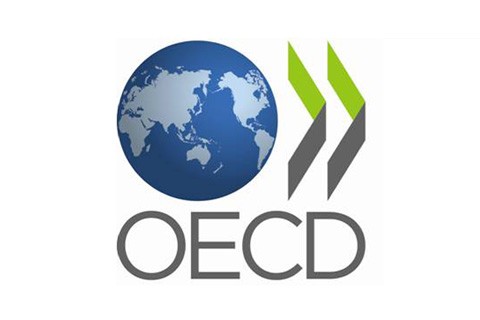Financial literacy: What role does the private sector play?
Views on the appropriate role of the private sector in the design and delivery of financial education differ.
For some, financial services providers are well placed to provide education to existing and potential customers. Others take the view that a conflict of interest exists and so the banking sector’s role should be, at most, secondary to national schemes.
The World Bank insists that any potential conflict of interest is properly recognized, because financial institutions may encourage policymakers to employ financial education in a manner designed to reduce or limit more effective consumer protection regulations.
***
Get weekly finance insights from The Intuition Finance Digest. Elevate your understanding of the finance world with expertly-crafted articles and podcasts sent straight to your inbox every week. Click here: https://www.intuition.com/finance-insights-the-intuition-finance-digest/
***
The OECD and the INFE have issued guidelines for private and not-for-profit stakeholders in financial education. The guidelines are intended for:
- Public authorities that want to set a framework and define criteria for the involvement of private and not-for-profit stakeholders in national financial education strategies and programs
- Private and not-for-profit stakeholders involved in financial education to develop their own codes of conduct and guide their initiatives
The guidelines cover:
- Involvement in the design of the national strategy
- Involvement in the implementation of the national strategy, including that implemented through ad hoc bodies, public-private partnerships, and/or certification and accreditation systems
- Provision of financial support, through mandatory levies and voluntary contributions, in favor of public financial education bodies, strategies and/or initiatives
- The implementation of financial education activities by financial institutions, financial industry associations, NGOs, and other civil society associations with little coordination within a national framework

What do the OECD/INFE guidelines say about private-sector participation?
The involvement of the private sector in financial education can bring benefits that include the contribution of financial resources, specialist and up-to-date knowledge of financial issues, and efficient communication.
It is also acknowledged that financial sector stakeholders are well positioned to reach a wide audience, to exploit “teachable moments” related to key financial decisions, and to combine financial education with financial inclusion efforts.
But the involvement of private stakeholders in financial education may result in potential shortcomings, according to OECD/INFE. These include:
- Uncoordinated initiatives
- Duplication of efforts
- Lack of teaching experience and expertise
- Lack of program evaluation
- Potentially inefficient use of resources
The guidelines caution against the delivery of financial education as a business activity which may lead to the use of financial education for commercial purposes. Private organizations are considered more prone than public and not-for-profit ones to target the most profitable and easy-to-reach clients, and to have a preferential focus on short-term views, initiatives, and resources.
OECD/INFE notes that some population subgroups, partly because of low financial literacy, are particularly vulnerable to financial abuse and may not be able to fully distinguish between commercial and educational purposes.

How can private and public actors coordinate financial education without conflicts?
The OECD/INFE guidelines call for coordination between public and private stakeholders. This means that private initiatives should be “integrated into any existing national strategy for financial education or other coordinated policy framework at the national, state or regional level.” If such a framework does not already exist, then private stakeholders should be encouraged to participate in its development.
The guidelines make suggestions for private stakeholders to manage and avoid conflicts of interest. This can be achieved through support for public strategies and initiatives through financial and in-kind support but not as a means of direct marketing/advertising. Preferably, the involvement of financial/for-profit institutions, where possible, should take place within the framework of the financial education activities of the relevant national industry association or self-regulatory body, which should also be the promoting entity. Participation should take place through specific codes of conduct.
There should also be a clear distinction between commercial and educational activities. The guidelines specify that consumers’ interests should be given priority, in particular ensuring that:
- Financial providers refrain from using educational initiatives to promote their own products and services and/or to criticize the products of their competitors
- Conflicts of interest of organizations and individuals in carrying out awareness, communication, and financial education activities are disclosed and managed
- Educational resources are distinguished from commercial material
There must be strict objectivity. Specifically, the content and format of any material used for financial education training and awareness initiatives that is developed, promoted, or used by private and not-for-profit stakeholders should be balanced, impartial, unbiased, and not linked to commercial priorities. The same applies to physical environments dedicated to financial education delivery, such as learning centers.
Any materials circulated should not be specific to a given product or provider. Any branding, logo, or reference to a financial institution should be kept to a minimum with limits agreed in advance and consistent with national circumstances.
Staff and representatives of private stakeholders participating in financial education delivery should not engage in marketing activities on behalf of their organization.
The content for this article is taken directly from Intuition Know-How‘s tutorial ‘Financial Literacy’ taken from the ‘Financial Inclusion’ course which is part of Intuition Know-How’s comprehensive Sustainability and ESG channel.
Fill in the form below to learn more about the full Intuition Know-How offering and how you can use it to improve organizational performance.
Browse full tutorial offering



